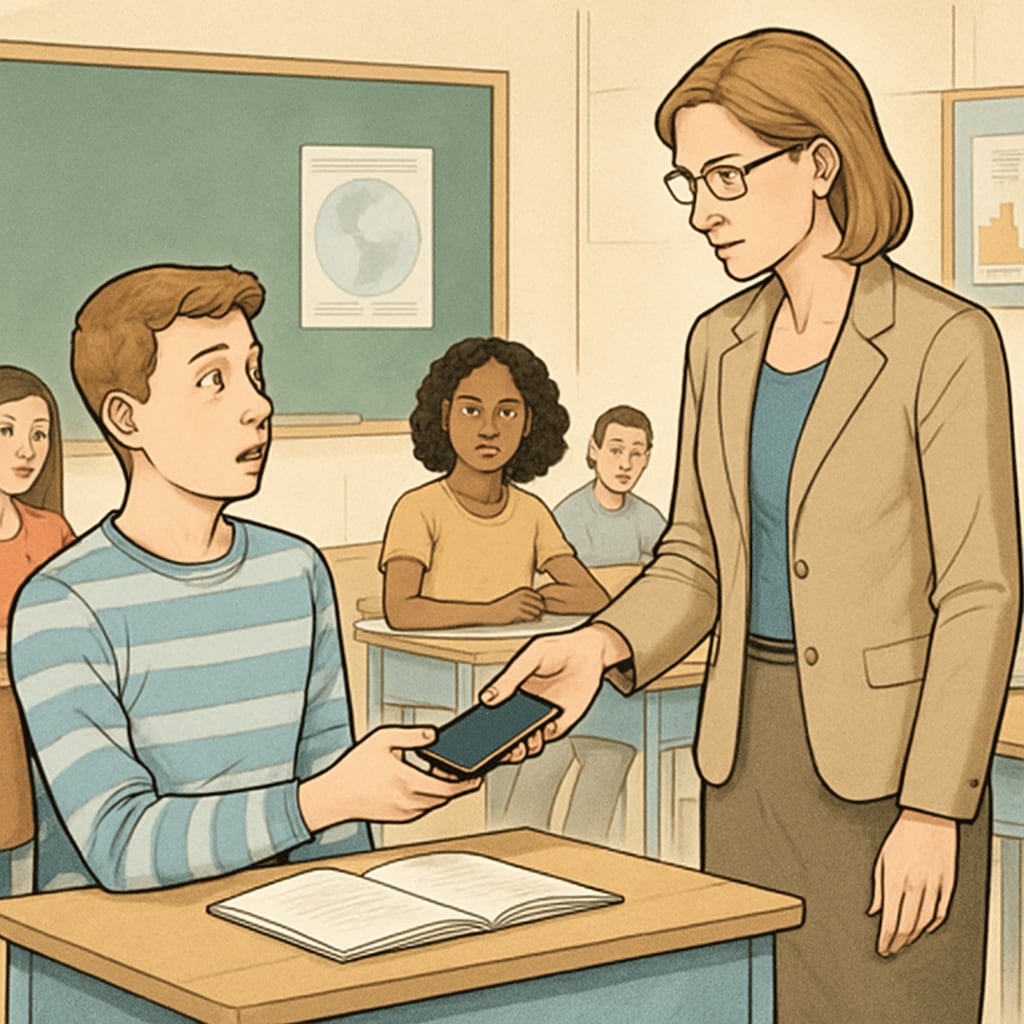The recent implementation of mobile phone bans in public schools has sparked significant debate among students, educators, and parents. These school policies aim to reduce distractions and promote better learning environments, but they also highlight the divide between public and private schools regarding technology use. This article explores how students are responding to these bans, the challenges they face, and the broader implications for education in the digital age.
Understanding the Mobile Phone Ban Policy
Mobile phone bans are not a new concept, but their enforcement has become stricter in many public schools recently. These policies typically prohibit students from using phones during school hours, including breaks and lunchtime. Proponents argue that such bans improve classroom focus, reduce cyberbullying, and encourage face-to-face interactions. However, critics point out that mobile phones are essential tools for communication and learning, especially in today’s technology-driven world.

Students’ Diverse Reactions to the Policy
Public school students have expressed a range of reactions to the mobile phone ban. Some students, particularly those who struggled with digital distractions, appreciate the policy’s intent. They report feeling more focused in class and engaging more with peers during breaks. However, many students view the ban as overly restrictive. They argue that mobile phones are not just for social media—they also use them for educational purposes, such as researching topics, accessing e-books, and collaborating on group projects.
Additionally, students in public schools often compare their experiences with those in private schools, where phone usage policies may be more lenient. This discrepancy raises questions about equity and access to technology in education. For example, private schools may integrate smartphones into lessons, using apps and online platforms to enhance learning. Meanwhile, public school students feel they are being denied similar opportunities.

The Balance Between Discipline and Autonomy
The tension between school discipline and student autonomy is at the heart of this issue. While schools have valid reasons for limiting phone use, students also need to learn how to manage technology responsibly. A blanket ban may not teach them the critical skill of balancing digital tools with real-world interactions.
Instead of outright bans, some experts suggest alternative approaches. Schools could implement “phone-free zones” in certain areas while allowing limited use in others. Another option is teaching digital literacy as part of the curriculum, helping students understand the impact of excessive screen time and how to use technology effectively.
What the Mobile Phone Ban Reveals About Education
The debate over mobile phone bans highlights broader issues in education, including the gap between public and private schools and the role of technology in learning. Public schools often face resource constraints that make it challenging to adopt innovative practices. Meanwhile, private schools may have the flexibility and funding to integrate technology more effectively.
This disparity underscores the need for policymakers to consider how educational reforms impact different groups of students. Rather than imposing strict bans, schools could explore more nuanced policies that address both the benefits and drawbacks of mobile phone use.
Conclusion: The mobile phone ban in public schools is a well-intentioned policy that aims to enhance learning. However, its implementation has revealed a complex web of student needs, educational priorities, and societal expectations. By finding a balance between discipline and autonomy, schools can create environments that prepare students for success in both the digital and real worlds.
Readability guidance: Short paragraphs and lists help summarize key points. Avoiding excessive passive voice and using transitions like “however,” “therefore,” and “for example” ensures the text flows naturally. Images are strategically placed to enhance the content’s relevance and engagement.


